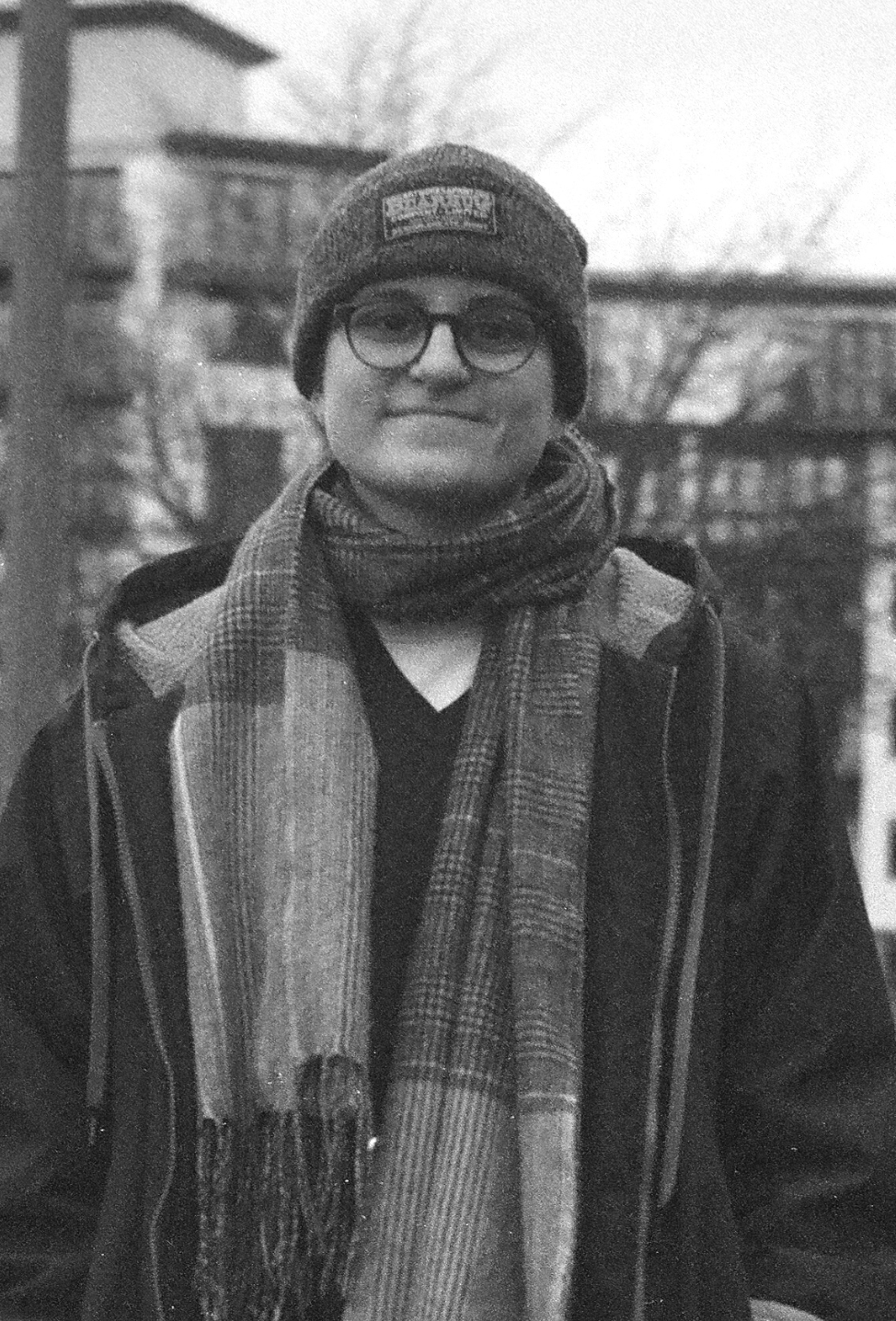You may have heard people talking about "stops" when it comes to photography; "you need to change your f-stop"; "it needs to be over-exposed by one stop"; "the photo is two stops under-exposed." But what are "stops"?
This is our guide to explaining the term "stops" in photography.
What does the term "stops" mean?
The term "stops" or “stop" is used by photographers to talk about the change of a unit of exposure. This could be a change of aperture, shutter speed, or ISO (sometimes referred to as ASA or film speed).
Changing your exposure by a "stop" can refer to increasing or decreasing the exposure of your image.
How do you measure a "stop"?
All the dials on your camera have different notches, where when you turn the dial, it clicks into place. Think about turning your shutter speed dial; it clicks to each number, right? Well, these are normally your "stops". This also applies to your aperture dial, and your ISO dial.
To be a bit more exact, changing your exposure by a "stop" involves either halving or doubling your exposure value. By exposure, we mean how much light reaches your negative.
So for example: changing your shutter speed from 1/1000 to 1/500 is doubling your exposure time (because the shutter is staying open for longer) and this is the equivalent of one "stop".
If you change your shutter speed more than once, you are changing the amount of stops.
So if you have changed your shutter speed from 1/125 to 1/500, you have adjusted your camera by two "stops". Because your shutter speed has got faster, you have decreased the exposure reaching your negative, which means you have gone two "stops" down.

What is the difference between stopping down and stopping up?
Stopping down means you have reduced the exposure reaching your negative. This would apply when you have increased your shutter speed, or made your aperture smaller.
An example of stopping down with your aperture would be changing the aperture from f/2.8 to f/5.6. That would be two "stops".
Working out your "stops" in relation to aperture is a bit more complex. For example, f/11 lets in twice the amount of light as f/16 even though the number 11 is not a multiple of 16.
Stopping up means you have increased the exposure, which means more light is reaching your negative.
An example of stopping up your settings would be changing the shutter speed from 1/125 to 1/60. This would be one stop, as you have doubled the amount of time the shutter is open for.
How do I use an exposure compensation dial?
If your camera has an exposure compensation dial, this is where you can change your exposure. It overrides the camera's automatic exposure settings, such as automatic shutter speed, to over or underexpose by the set amount of stops indicated on the dial.
This dial is usually part of your ASA dial. For example, on the Canon A-1, the exposure compensation is on the ASA dial on the left hand side of the camera. Moving this dial to a plus or minus number identifies the number of stops the camera will under or overexpose by.
If you want your photograph to be overexposed, then set your exposure compensation dial to a plus number. If you want your photograph to be underexposed, set your exposure dial to a negative number.

Need more help?
This is a tough one to get your head around, but we hope this guide helped! If you need more help with photography terminology, read some of our other blog posts.
If this article helped you, please consider buying me a coffee so that I can keep creating great content!




